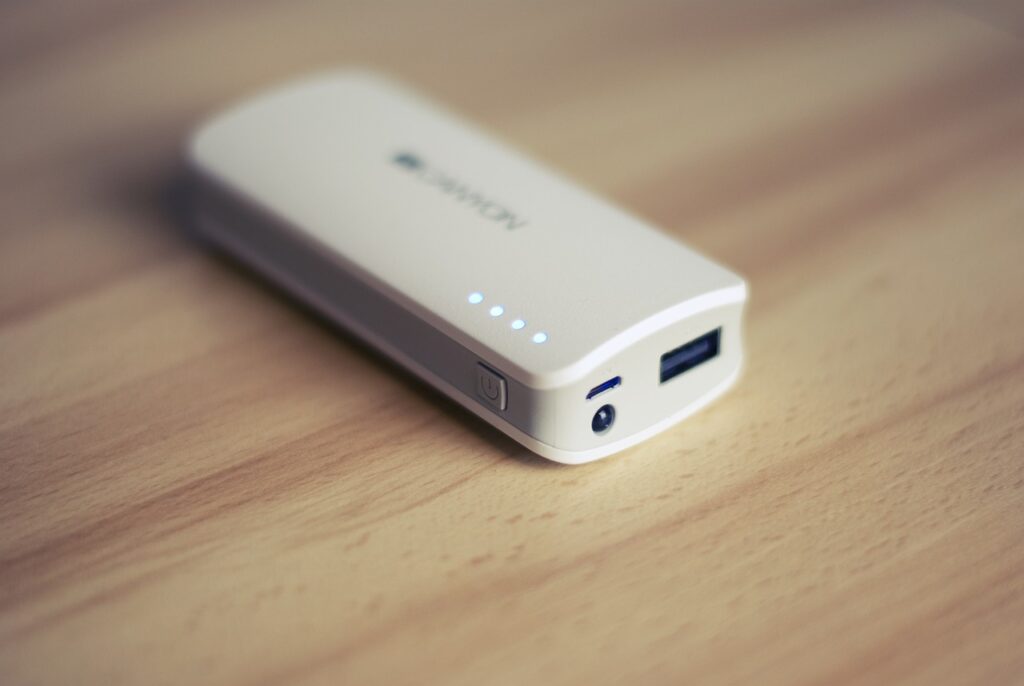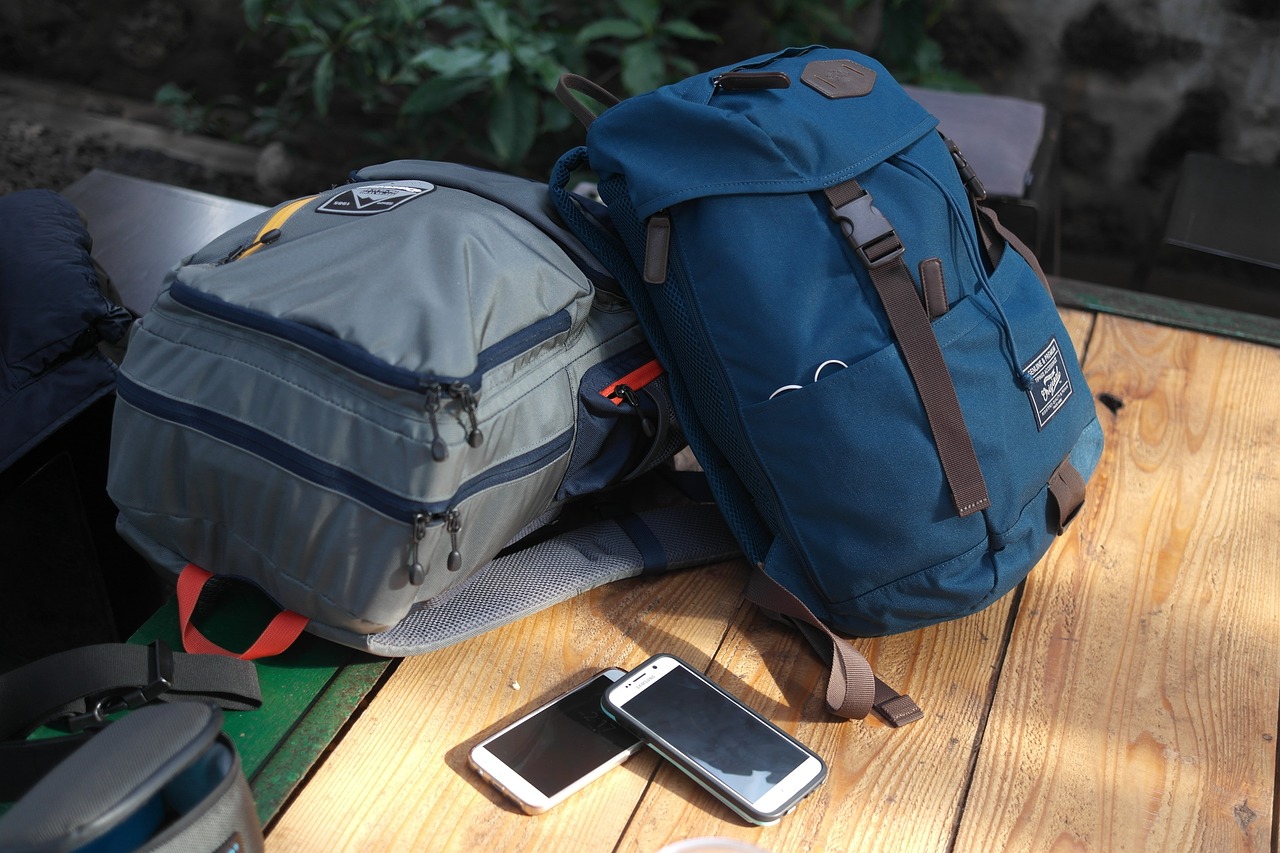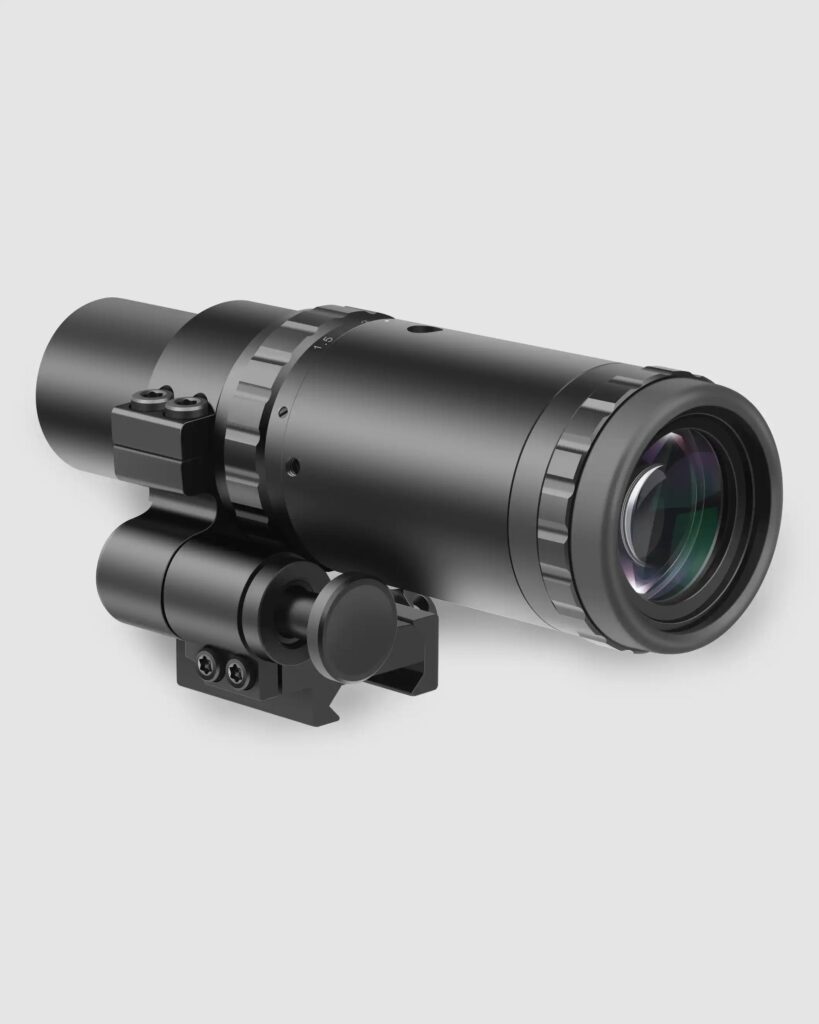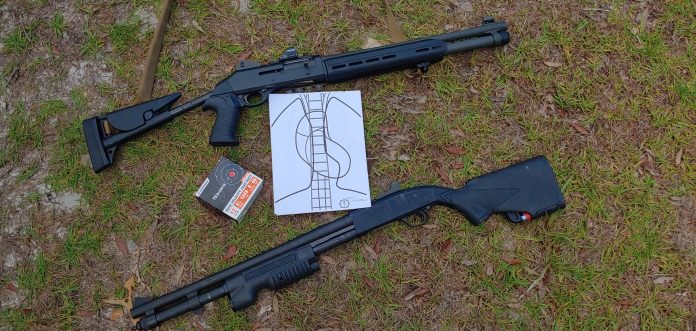As I write this, wildfires are devastating parts of California and tens of thousands of residents have evacuated the affected areas. I’ve seen numerous posts on social media talking about evacuation kits, bug out bags, and the like. There are lots of questions out there about these sorts of packs, so let’s get into it a bit.

To be clear, what follows is simply my own interpretation of the subject. There are other perspectives out there that might differ on some of the finer points. As with anything else that falls under the preparedness umbrella, there’s no one size fits all solution. Take what works for you and leave the rest.
Advertisement — Continue Reading Below
Defining the Purpose
An evacuation kit’s role is to provide for your basic needs while you’re away from home for a limited time. It isn’t intended to sustain you for days or weeks on end. It isn’t something that’s designed for living off the land in some sort of Red Dawn scenario, either. In the event of a wildfire or similar sort of disaster, this is the bag you grab on your way out the door.
What About Premade Evacuation Kits?
There are a couple of common issues with the fully assembled kits you’ll find in stores or online. The quality of the kit’s contents is often less than desired. On top of that, the premade kit isn’t geared toward your specific needs or situation. It’s just a generic collection of stuff that may or may not work under real world conditions.
You’re far better off assembling your own kit. This allows you to customize it to be exactly what you and your family need.
Advertisement — Continue Reading Below
Evacuation Kit Contents
Trying to decide what to put into your kit can be overwhelming. To help simplify things, think about it like this. Take the disaster out of the equation for the moment. Let’s say you were going to take a trip out of town for a long weekend. What would you pack? At the top of the list, you’ll probably want clothes, toiletries, and any prescription medications you take on a daily basis.
From there, add a flash drive that contains copies of important documents and data. Start with a video inventory of your home and vehicles, being sure to note the VIN and license plates on the latter. Scan in copies of any especially important family photos. Add copies of your identification, insurance paperwork, and property ownership records. While you’re at it, create contacts in your phone for all of your insurance companies or agents.

Advertisement — Continue Reading Below
Keep a supply of cash on hand at all times. We’ve talked about this one before.
Put into your evacuation kit a good quality water filter. In addition, have 1 or 2 liters of water available. Shelf-stable food is also wise. Nothing that needs to be prepped or cooked, though. Think more along the lines of quick snacks. Hopefully you’ll be able to find open grocery stores or restaurants wherever it is you land after evacuating home.
Make sure you have power banks for your phone and other devices. I also recommend putting into your kit wall chargers. Use those whenever possible and reserve the power banks for when wall outlets aren’t available.
Advertisement — Continue Reading Below

Eye protection, such as swim goggles, and a good mask will help alleviate issues from smoke or other air quality issues that arise. A small first aid kit is a necessity. Add to it over-the-counter medications for common issues, such as upset stomach, pain/fever, and cold and flu symptoms.
If you have a baby in the mix, you’ll want diapers, wipes, formula, and such. Don’t overlook feminine hygiene products if you have family members who use them.
Advertisement — Continue Reading Below
If pets are part of the equation, make sure you pack food, water, dishes for both, leash and harness, and crate or cage for them. A full copy of their immunization record from the vet might be needed as well.
Most of us already EDC a knife, flashlight, and possibly a multi-tool. Having a spare of each in your evacuation kit might not be the worst idea.
Odds are that you’ll end up spending a night or two at the home of a friend or family member. If not there, then a motel. Either way, an eye mask and ear plugs might help you get a good night’s sleep.
Advertisement — Continue Reading Below
Evacuation Kit Storage
Use a comfortable backpack or similar conveyance to store your evacuation kit. Keep it in a coat closet or other location where you can access it easily. This is not a store it and forget it situation, though. You should pull your evacuation kit out and inspect the contents at least twice a year. Rotate out any perishable supplies, such as food items.
Few people relish the idea of having to leave their home in a disaster. But it’s important to be ready, just in case.















